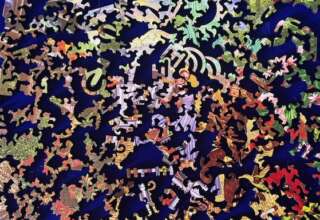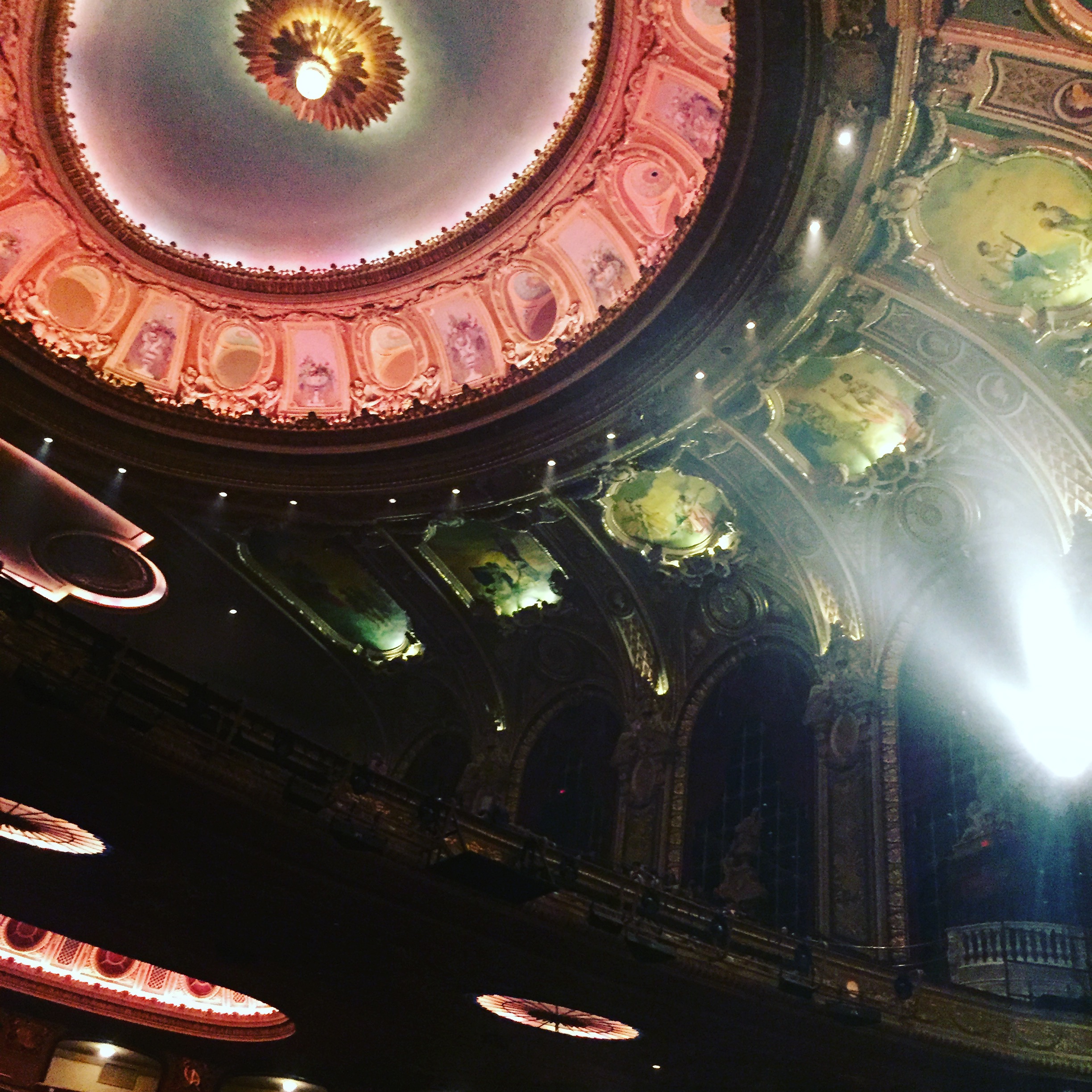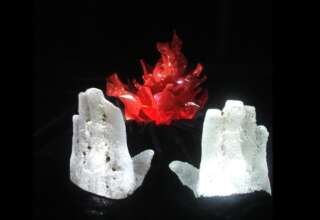
The myth of villains and victorious battle is retained by Robin for one more moment. Marian realizes that this falsehood cannot last for very long, so decides to poison Robin. He will die with the myth intact. Clearly, Robin Hood, Marian and the Sheriff are all colluding in sustaining the role of battle and the sword. Only Marian can bring the collusion to an end by terminating the life of Robin Hood. Are the collusions of contemporary times just as difficult to terminate? Who needs to die in order for the collaborative shift to occur? Do all the “old white guys” like Robin and the Sheriff have to pass away in our contemporary institutions for there to be a shift from the blade to the chalice and from isolation and competition to collaboration and collective intelligence? It is hard to believe that the collusions will simply go away; rather, there are likely to be new collusions as we “escape from the freedom” to be found in a world without formal power and turn instead to newly-invented and newly-formed sources of power and restraint. So a fundamental question emerges: Will there be new and even more powerful forms of collusion between leaders and the led in many institutions? Will new forms of collusion trump the emerging opportunities for collaboration and collective intelligence?
To address these fundamental questions I turn, in particular, to the remarkable insights offered by Manfred Kets de Vries (2003, 2010). I first examine the dance of collaboration. What are the roots of collaboration in the lives of those who seek to promote collective intelligence? I then turn to the dance of collusion, identifying the roots of collusion among those working in organizations and the different ways in which collusion takes place in organizations and sometimes interweaves with collaboration. I conclude by considering Kets de Vries’ analysis of narcissism in leadership—which is one of the most powerful and virulent ways in which collusion occurs.
The Dance of Collaboration
The roots of collaboration are to be found in the processes of socialization in societies. Clearly, some societies encourage collaboration more than other societies. We find high levels of individualism and a strong desire for autonomy in many Western societies and a major orientation toward collective identity in many Nonwestern societies. (Rosinski,2003) Even within a specific society, such as the United States, we find that socialization plays a key role. The feminine roots of collaboration (at least in Western societies) are to be found in the tradition of children being raised primarily by the mother rather than the father. As Nancy Chodorow (1999) noted, in such a setting it is harder for girls to differentiate self from mother than it is for boys. As a result, Chodorow asserts that girls are more likely to live with an undifferentiated sense of self than are boys. As they grow up, young women are more likely to seek out collective identity and collaboration, whereas men are oriented in youth toward separation and individualism. How does this impact on the leadership offered by women in organizations? One immediate answer is that women might be more likely to collaborate in solving problems and engaging in change initiatives. I can offer one example of this collaborative tendency. In her recent interview (conducting by Valeri Lapinski for Time) (Lapinski, 2013), Nobel peace prize winner, Jody Williams, recounted that she joined with the seven other women who have won Nobel peace prizes in creation of the Nobel Women’s Initiative. None of the many men who have won this prize have ever gotten together for a joint project—and they are the peace prize winners!









